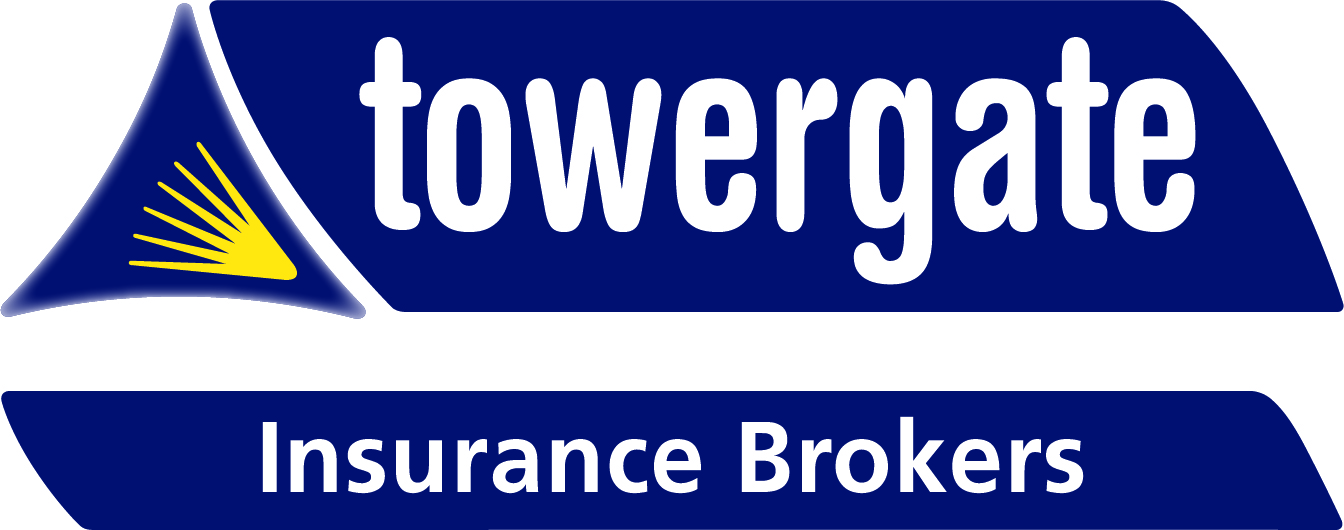

12 tips to writing unbeatable SEO blog posts in 2022
Blogs
Blogging is a core part of any SEO strategy. It keeps your website fresh and updated, helps drive targeted traffic, and establishes you as an industry expert and authority. However, getting blogging right isn’t always as straightforward as it seems. The tips below will help keep your blog posts on point, engaging and relevant.
1. Keep it focussed
Too often we see companies posting blog posts for the sake of it, because they feel they need to blog regularly. However, unless you’re blogging specifically about things related to your services, your blogging is a waste of time. You need to keep your blog posts focussed and on subject.
Good example for a web design agency: “25 killer tips to instantly speed up your website.”
Bad example for a web design agency: “Our review of the new John Lewis Christmas advert.”
2. Keep it relevant
Google loves relevancy, and will favour websites that provide content in line with what’s happening in the world. Keep your eye out for things going on in the news and media that are relevant to your industry, and publish content accordingly. A good way to do this is set up Google Alerts around your subject area, and next time a news article comes out relating to your industry, write a blog post about it.
3. Demonstrate expert knowledge
Often companies see blog writing as a tick-box exercise, and delegate the task to the most junior member of the team. However, it’s important you really utilise blogging to demonstrate superior knowledge and insight over what the average consumer has already. If all you’re doing is regurgitating common knowledge or publishing basic tips, you’re not really giving your audience the opportunity to see you as an authority and industry leader. Your most senior staff don’t need to write the post, but they should give a steer as to the content that’s included.
4. Include calls to action
Did you ever see a live in-store product demo, where the salesman showed you how amazing something was and then gave you the opportunity to buy it? Well demonstrating expert knowledge and then failing to display a call to action is a bit like a product demo with no invitation to buy at the end! First demonstrate your expertise, and then give your audience an opportunity to experience your expertise for themselves.
5. Answer questions
A great way of coming up with blog content is to find out what questions people are asking relating to your industry, and then provide them with the answers. You can use https://answerthepublic.com/ to find commonly asked questions in relation to your keywords, which is a great source of inspiration for your blogs.
6. Use catchy titles
It goes without saying that the catchier your title, the more people will read your post! Check out https://www.buzzfeed.com/ for fantastic examples of engaging blog post titles! Your titles should use emotion, list a number, demonstrate relevancy, and give a hook as to why the reader should click.
Good example of a catchy title: 35 Unmissable Movies And TV Shows Coming To The UK This November
Bad example of a catchy title: Our round up of the latest movies and TV shows.
7. Use keywords
If you want your blogging to aid your SEO efforts, it’s pretty essential your blog posts utilise your primary keyword phrases. It’s easy to get excited by a subject and write to your heart’s content, but without incorporating your keyword phrases, your post won’t do much to help direct relevant traffic to your site.
8. Add value
Waffling for the sake of it is a sure fire way to bore your readers and lose interest! Your blog content should be designed to add genuine value, help solve a problem, provide the answers to a solution, and leave your readers with clarity and the ability to take action moving forward.
9. Blog regularly
Regular and consistent blogging is crucial – sadly we often see companies start off on a good foot and post content for a few weeks before getting overly busy and abandoning the blogging. Nothing looks worse than a blog that hasn’t been updated for two years! We advise blogging a minimum once a month – if you’re the type who quickly gets swamped with work then try blocking out a day in your diary, write out 12 blog posts, and schedule these to go out at the start of each month. Boom – your whole year’s blogs done and dusted in a day!
10. Share your blog posts
It sound obvious, but so many people upload blogs to their website but don’t share them! Re-share your blog posts across your social media channels regularly, using snippets from the posts as a catch to draw people onto the website.
11. Integrate mailing lists
It makes sense that if someone is interested in one piece of your content, they are likely going to be interested in what else you have to say. We recommend setting up mailing lists that give readers the opportunity to stay up to date with your news, and emailing them directly when you have new content available. This helps you turn anonymous readers into a captive audience, who will be warm to your offers, incentives and product launches when the time comes.
12. Use high quality copy
Another obvious one, but keep your content professional and well written! If writing’s not your thing, outsource it to someone who has the gift for it. Slang words, typos and sloppy grammar are all signals that your brand is unprofessional and low quality.
In conclusion, blogging should be an essential part of your content and SEO strategy – but it’s essential to get it right. Make sure your blogs are genuinely adding value, showing real expertise and specialist knowledge, and are focussed specifically to your brand and target audience.
Want our help with blogging? Red Giraffe provides regular quality SEO blog content for our clients. Just get in touch if you’d like to explore blog writing for your business.









